Nature is full of wonders, but not all of them are the heartwarming kind.

Some of the most fascinating things happening out there are also deeply disturbing, once you learn what’s really going on. Between the body horror, the slow-burn cruelty, and the eerie survival tactics, it turns out that evolution has a dark sense of humour. These aren’t urban legends or exaggerated myths—they’re real phenomena you probably won’t forget once you’ve read about them. Proceed with caution.
1. Spiders that inject their prey with dissolving enzymes
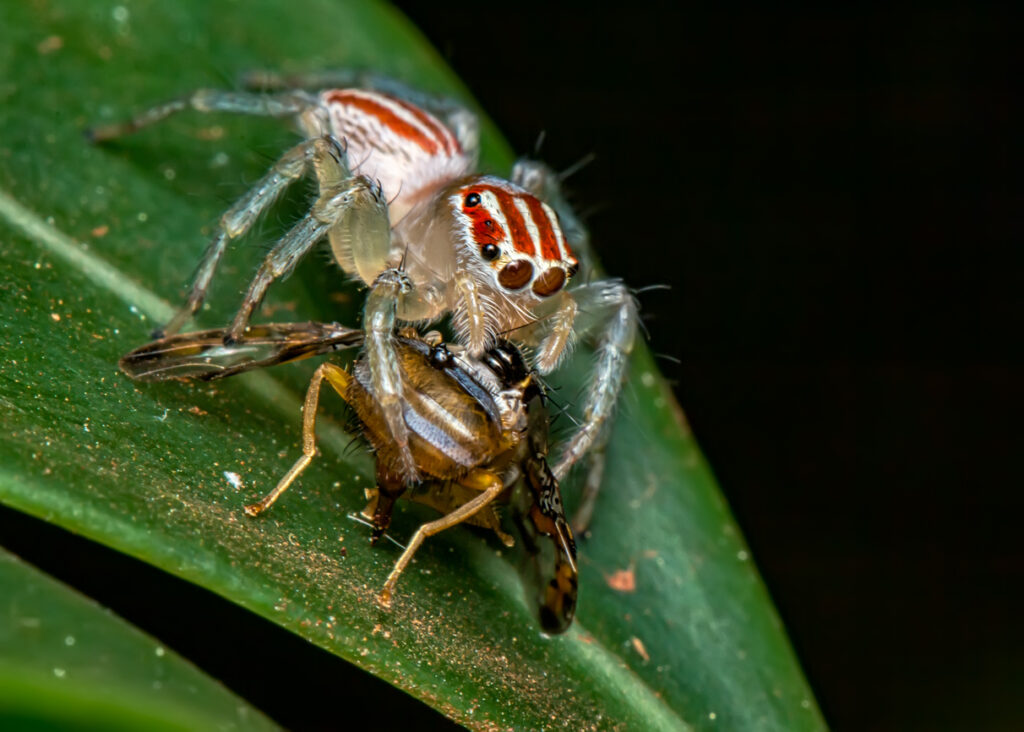
Most spiders don’t just bite and eat. They inject their prey with digestive enzymes that turn the insides into a gooey soup. Then they slurp it up, leaving behind a sad, hollow husk that used to be a fly or a beetle. Basically, it’s like nature’s version of drinking a smoothie—if the smoothie used to have a face.
The process is slow and efficient, which somehow makes it worse. Watching something go limp while still visually intact is more unsettling than seeing a traditional attack. It’s clean, clinical, and quietly horrifying.
2. Plants that trap and digest animals
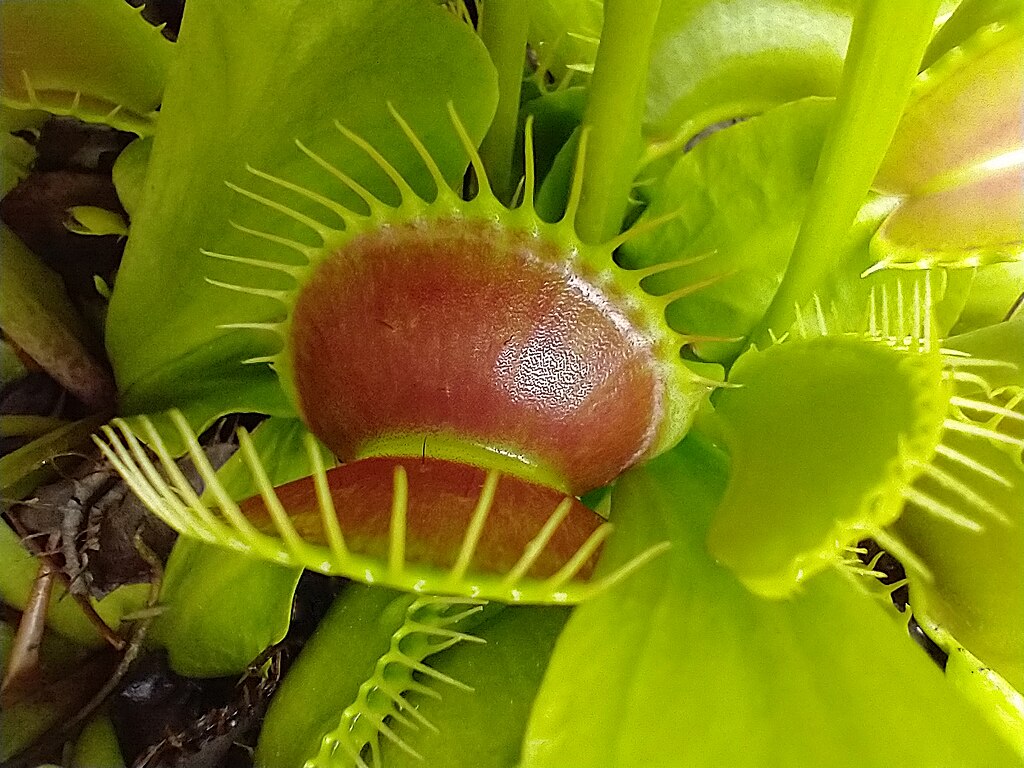
You already know about Venus flytraps, but that’s just the start. Some carnivorous plants, like pitcher plants and sundews, don’t snap shut at all—they lure insects in with scent or nectar and then trap them in sticky or slippery chambers where they slowly dissolve alive.
It’s not quick. The process can take days, during which the insect is still alive, struggling, and steadily breaking down. Somehow, a plant that doesn’t even move feels like a more sinister predator than some animals.
3. Male anglerfish permanently fusing to females
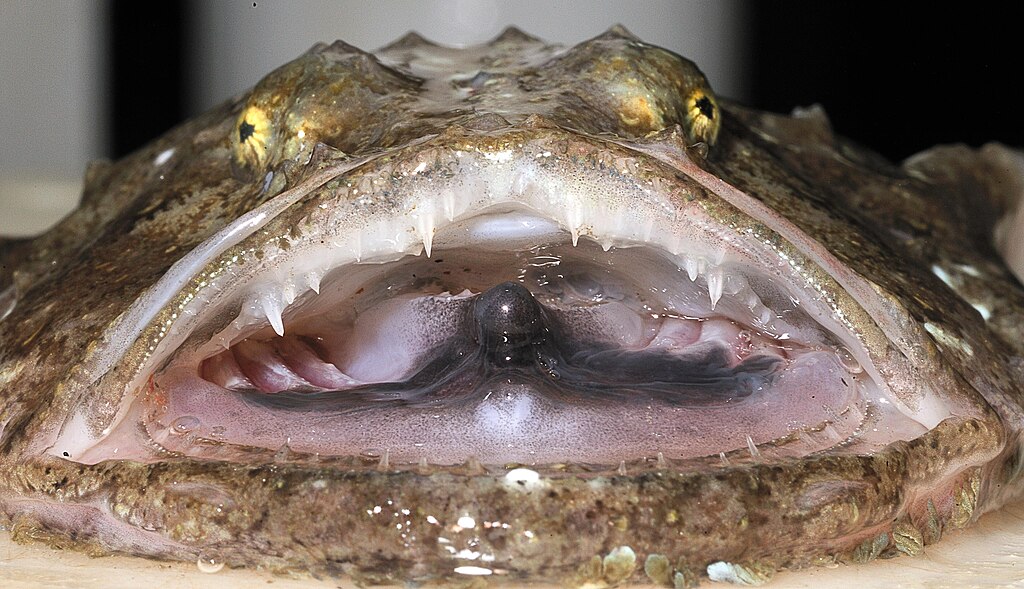
In the deep sea, where finding a mate is nearly impossible, male anglerfish have developed a very disturbing workaround. When they find a female, they bite into her and fuse to her body—bloodstreams, skin, everything—becoming a parasitic lump that lives off her nutrients for the rest of his life.
He loses his eyes and organs over time, leaving behind just his reproductive parts. It’s less a love story and more of a biological hostage situation. The female can carry multiple fused males, none of whom will ever leave. Romantic, in a way… just not a good way.
4. Parasitic fungi that turn insects into zombies
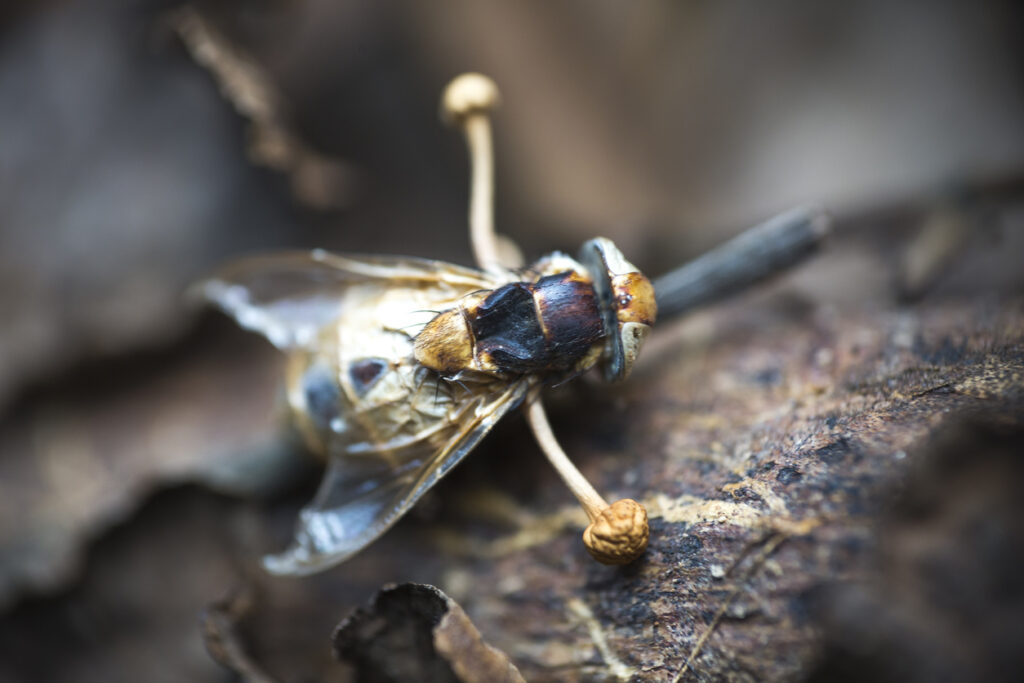
The infamous Ophiocordyceps fungus infects insects like ants, grows inside their bodies, and eventually takes over their nervous system. The ant is forced to climb to an elevated spot, clamp down, and wait for the fungus to erupt through its body and release spores onto more unsuspecting victims.
It’s real-life mind control, and it’s grotesque. The sight of a dead insect sprouting fungal growths from its body isn’t something you forget easily. It’s horror with a spore count—and the fungus doesn’t care who’s watching.
5. Octopus mums that starve to death guarding their eggs
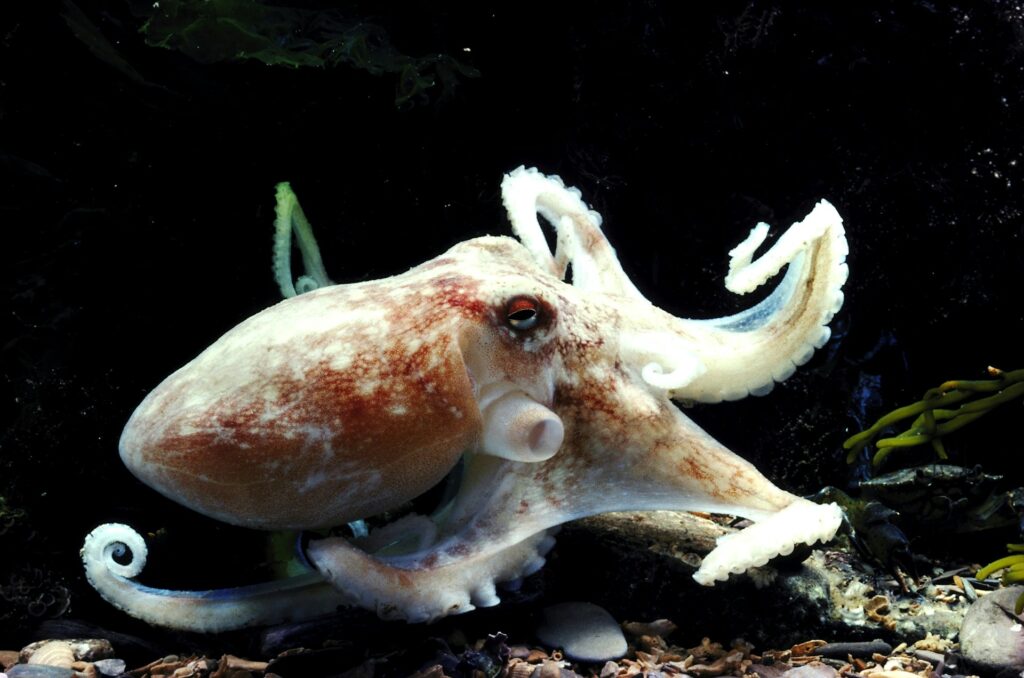
After laying thousands of eggs, a mother octopus will stop eating entirely and guard them obsessively. She keeps them clean, protected, and oxygenated—often for months. Once they hatch, she usually dies shortly after, her body completely spent.
There’s something heartbreakingly noble about it… until you watch her slowly deteriorate, becoming weaker and more skeletal as her instincts override every survival urge. Nature’s devotion comes with a heavy price.
6. Snakes that give birth through their mouths (sort of)
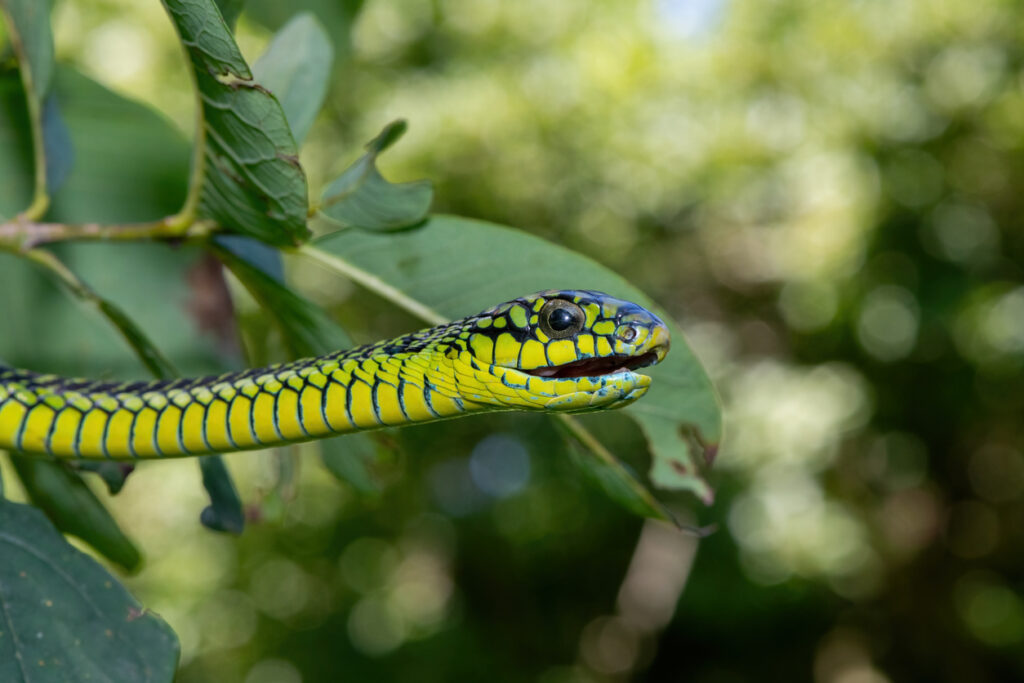
Okay, this one’s often misunderstood—but it’s creepy nonetheless. Some snakes look like they’re giving birth through their mouths, but what’s actually happening is regurgitation of still-living young during moments of stress. The snake isn’t “birthing”—it’s panicking and ejecting something it’s not ready to deal with.
Watching it is jarring. It’s a mess of limbs and movement and confusion, and it doesn’t look like something that should happen. Even when you understand the biology, it still feels… off. Deeply off.
7. Frogs freezing solid and coming back to life
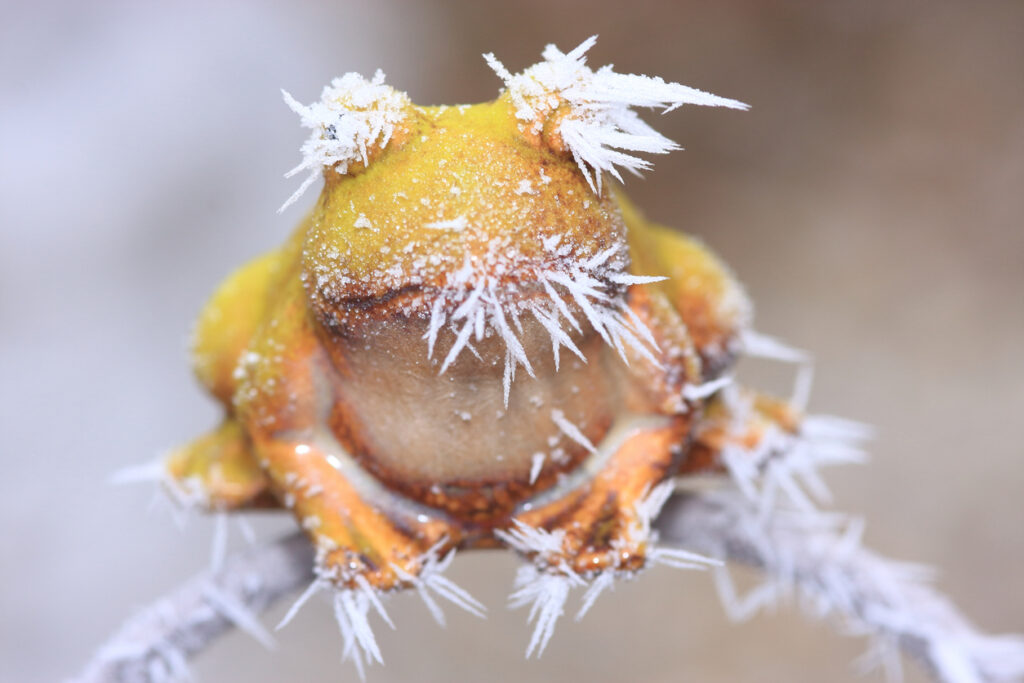
Wood frogs in North America can survive being frozen. Their hearts stop beating, their blood freezes, and they look completely dead. Then, come spring, they thaw out and hop away as if nothing happened. It sounds amazing, but watching a dead-looking frog thaw and reanimate is less inspiring and more uncanny. It blurs the line between life and death in a way that feels unnatural, even if it’s a completely natural adaptation.
8. Baby spiders eating their mother
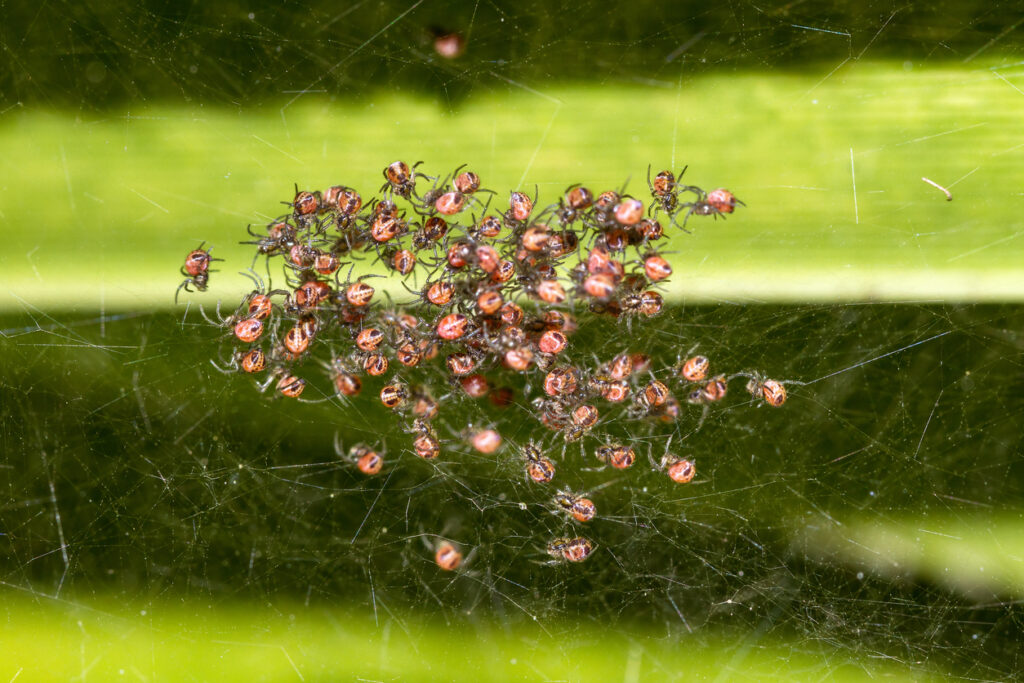
Some spider species practice matriphagy, which is a fancy term for babies eating their own mum. After hatching, the spiderlings consume her body for nourishment—she literally offers herself up as the first meal. It’s oddly poetic, but mostly upsetting. It’s one thing to protect your offspring. It’s another to be their snack. And it definitely makes you rethink the whole “motherhood is selfless” concept in a very literal way.
9. Animals that fake death for hours
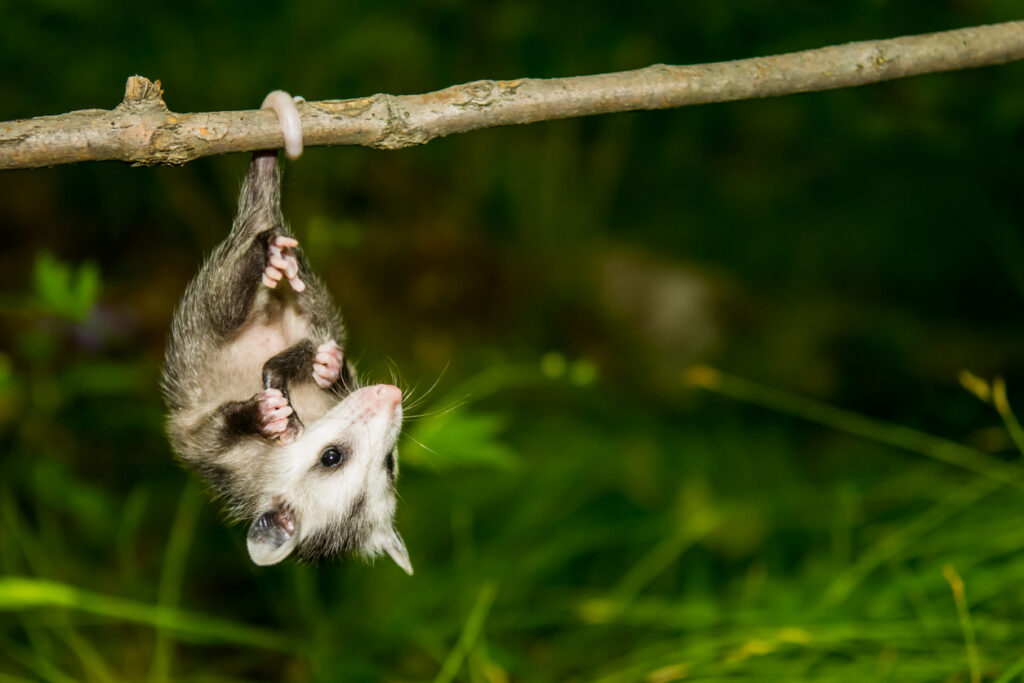
Thanatosis is when animals play dead to avoid predators. But some take it to the next level—like the opossum, which goes limp, emits a foul stench, and can stay motionless for hours. Not minutes. Hours. It’s smart, but watching an animal convincingly pretend to be dead with its tongue out and eyes glazed over is unnerving. The commitment to the role is Oscar-worthy. It’s also hard to know when they’ll suddenly snap back to life.
10. The immortal jellyfish
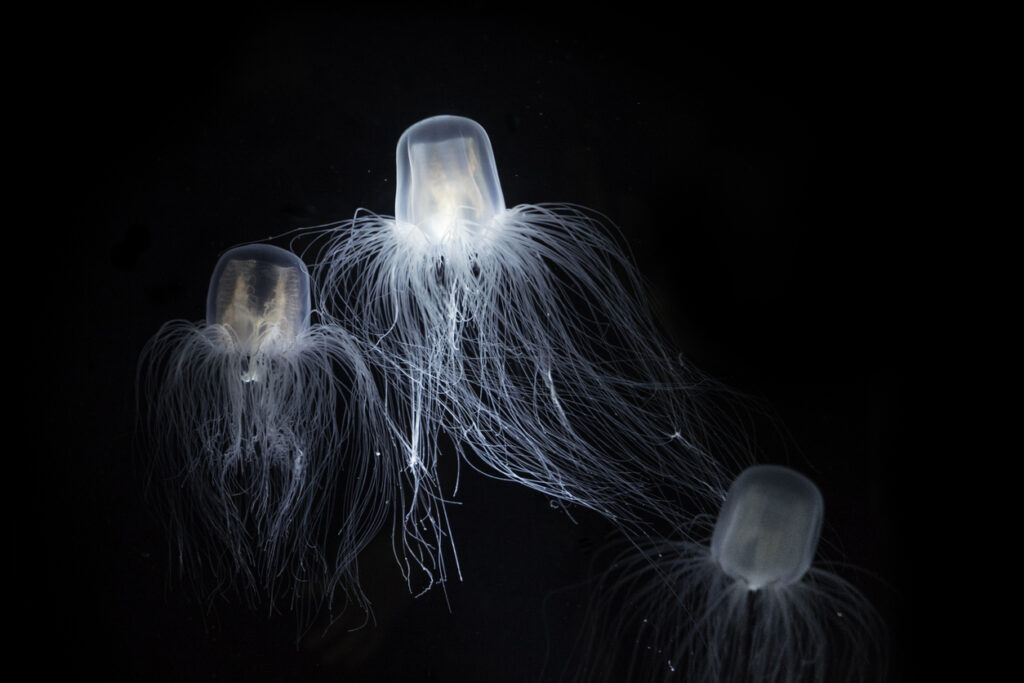
Turritopsis dohrnii, aka the “immortal jellyfish,” doesn’t die of old age. When it gets injured or stressed, it can revert its cells back to a younger state and start its life cycle over again. In theory, it could do this forever. It’s cool… but eerie. A creature that doesn’t die, just resets itself, feels like something out of a dystopian fable. It doesn’t grow wiser, or evolve—it just loops. Over and over. Like a biological glitch that won’t quit.
11. Parasites that change their host’s behaviour
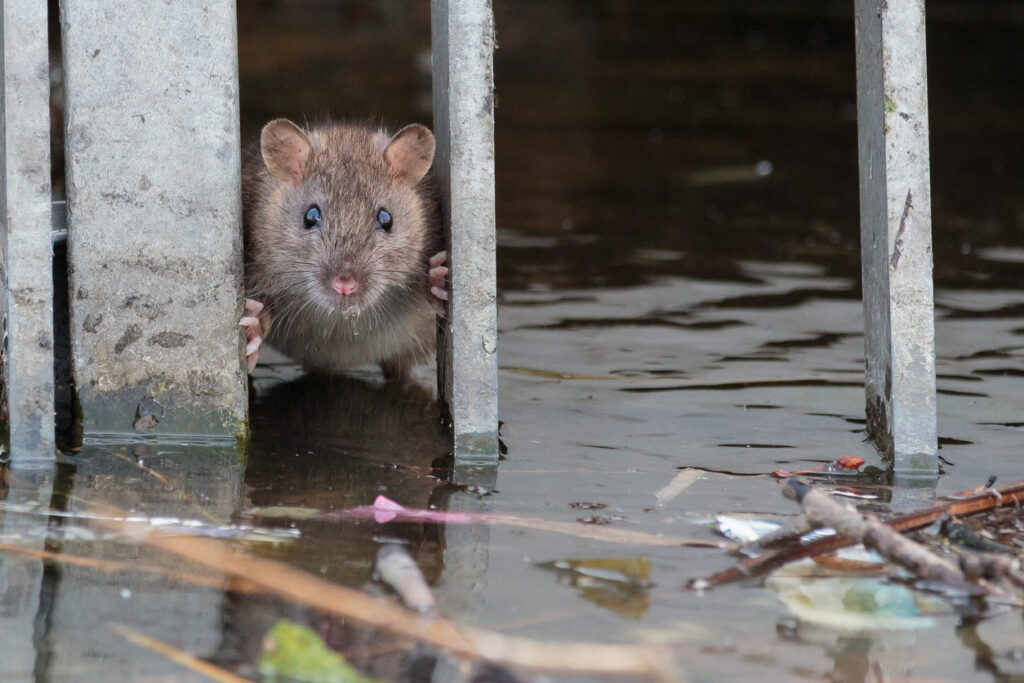
Toxoplasma gondii is a parasite that infects rats but can only reproduce in cats. To get where it needs to go, it alters the rat’s brain so it no longer fears cats—and may even be attracted to them. This means the rat basically delivers itself to the predator. It’s mind control via parasite, and it’s not science fiction—it’s happening in real time, and possibly in humans too (though that part’s still debated).
12. Caterpillars that turn into goo before becoming butterflies
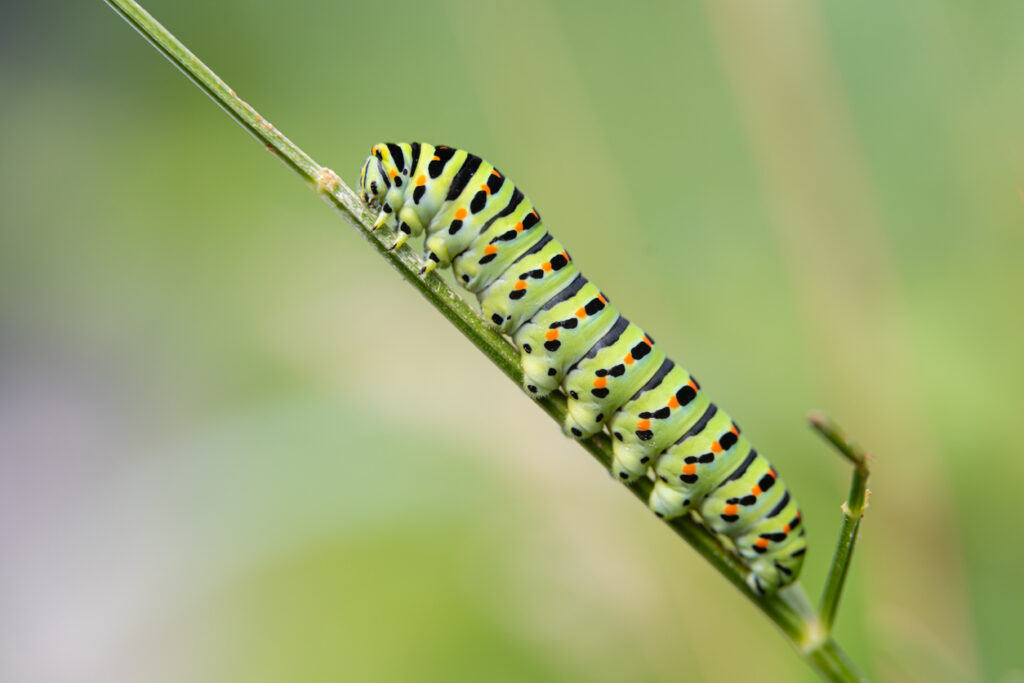
Everyone loves the story of metamorphosis. But the reality is less magical. Inside the chrysalis, the caterpillar’s body dissolves into a nutrient soup. Its organs break down completely before being reassembled into a new form. It’s not transformation—it’s destruction and reconstruction. The creature you knew is gone. What comes out might look beautiful, but it started as a pile of liquid flesh. Sorry if that ruins butterflies for you.
13. Sloths growing algae in their fur—and insects living in it

Sloths are famously slow, but they’ve taken ecosystem-building to another level. Their fur grows algae, which gives them a green tint and helps with camouflage. But that’s not all—it also hosts an entire mini-ecosystem of moths, beetles, and fungi. It’s kind of impressive… until you realise the sloth is basically a walking jungle. If you’re squeamish about bugs or fungus, the idea of an animal carrying its own tiny rainforest might not sit well. Still, it’s weirdly genius.